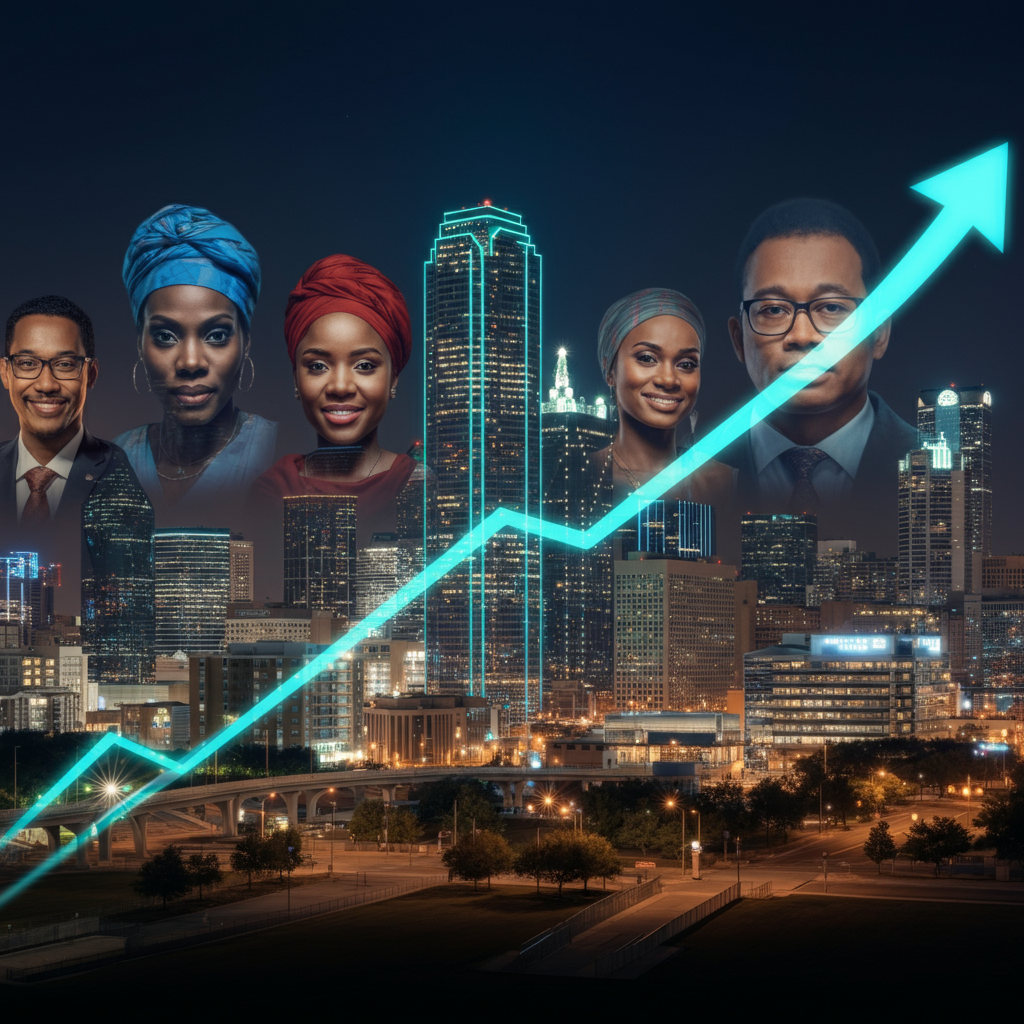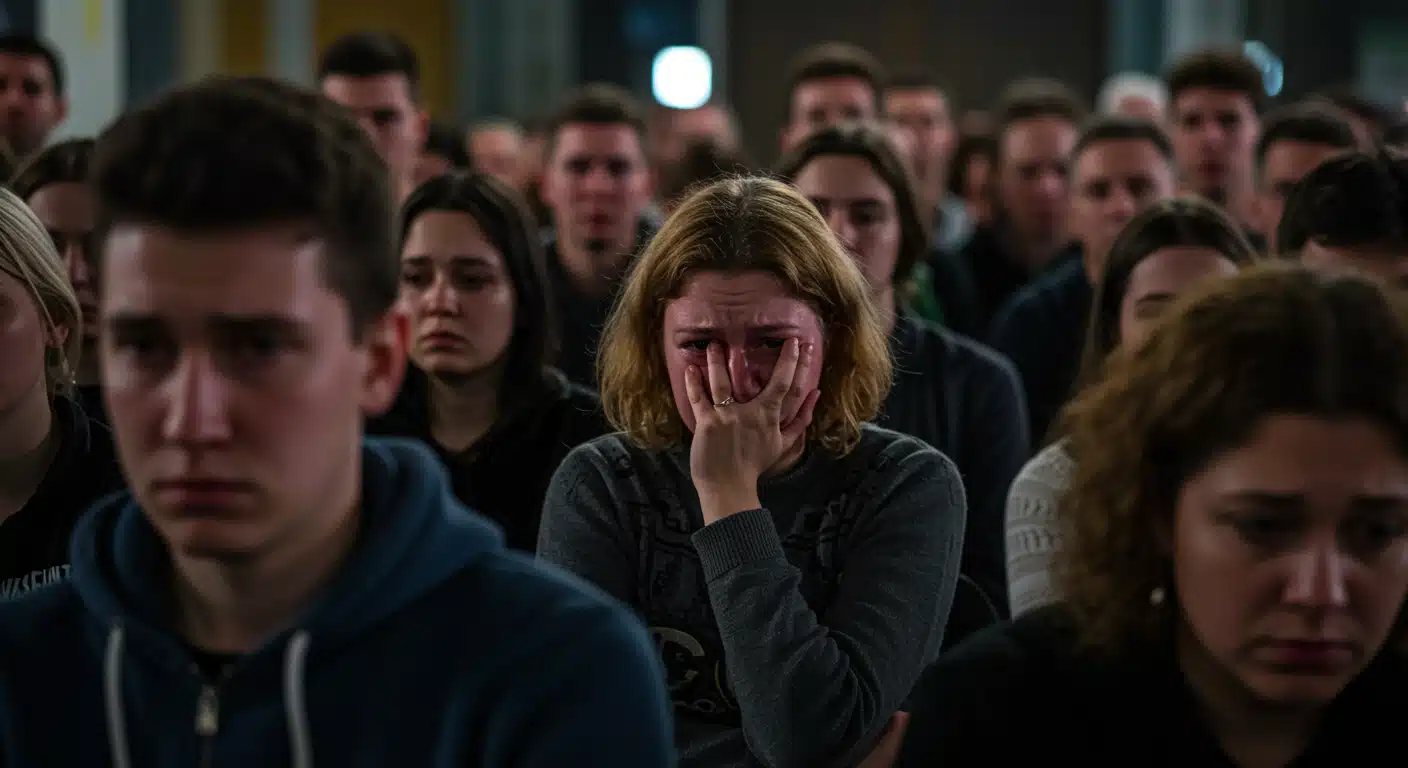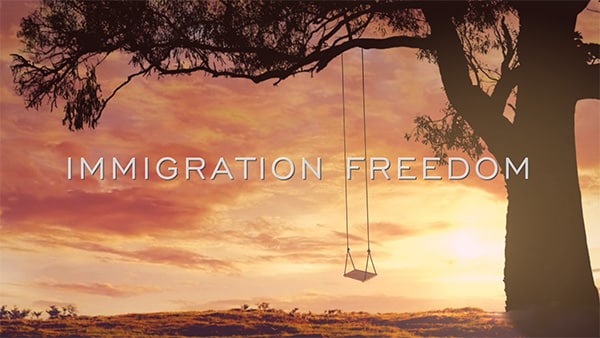The Dallas-Fort Worth metroplex has established itself as a primary destination for people from around the globe seeking opportunity and a new beginning. Its powerful economy and reputation for growth have made it a magnet for immigration. As we look toward the next decade, the trends shaping who comes to North Texas, and how, will fundamentally influence the region’s future. Understanding these shifts is key to preparing for the DFW of tomorrow.
This article explores the key trends and predictions for the future of immigration in Dallas-Fort Worth. We will examine expected population changes, the evolving economic impact, and potential policy shifts on the horizon. By analyzing how these factors will shape our workforce, culture, and infrastructure, we can better understand the challenges and opportunities that lie ahead.
Trend 1: Continued Population Growth from Diverse Origins
The demographic story of DFW has been one of explosive growth, and immigration is a primary driver. This trend is not expected to slow down. Projections show the metroplex continuing to expand, with a significant portion of that growth coming from international migration.
A Shift in Source Countries
While Mexico and Latin America will remain significant sources of immigration, we can predict a continued rise in newcomers from other parts of the world.
- South and East Asia: The rapid expansion of DFW’s tech and professional services sectors will continue to attract highly skilled workers from countries like India, China, and South Korea. Collin and Denton counties, in particular, will likely see their Asian populations grow, further cementing their status as hubs for global talent.
- Africa: DFW is already home to a large and growing number of immigrants from countries like Nigeria, Ethiopia, and Eritrea. As the region’s economy diversifies, we can expect to see an increase in both professional and refugee resettlement from various African nations, adding new layers to the area’s cultural fabric.
The Rise of Secondary Migration
In addition to people arriving directly from other countries, DFW is becoming a top destination for immigrants already living in other U.S. states. Drawn by a lower cost of living, abundant job opportunities, and established ethnic communities, families are relocating from traditional gateways like California, New York, and Illinois. This “secondary migration” will accelerate DFW’s growth and further concentrate its diversity.
Trend 2: Evolving Economic and Workforce Impacts
The future of DFW’s economy is deeply intertwined with immigration. As the population changes, so will the workforce and the nature of immigrant economic contributions.
Meeting High-Skill Labor Demands
DFW’s future as a global business hub depends on its ability to attract and retain top talent. The demand for workers in STEM fields, healthcare, and finance will continue to outpace the local supply. Immigration will be essential to filling these high-skill gaps. We can predict that corporate relocations and expansions in North Texas will be closely tied to the availability of visa programs like the H-1B, which allow companies to hire specialized international professionals.
Addressing the Essential Worker Shortage
At the other end of the labor spectrum, DFW will face an ongoing need for essential workers in construction, hospitality, logistics, and elder care. The region’s aging population will create an unprecedented demand for home health aides and other care providers—roles often filled by immigrants. Future immigration policies, particularly those concerning guest worker programs or pathways to legal status, will directly impact the stability of these critical sectors. A failure to address this labor need could lead to project delays, service shortages, and increased costs for all residents.
Increased Entrepreneurial Activity
Immigrants are natural entrepreneurs, and this trend will only intensify. As immigrant communities become more established, we can expect to see a surge in second-generation businesses and a move into more diverse industries beyond traditional sectors. Immigrant-owned tech startups, advanced manufacturing firms, and professional service companies will become more common, creating jobs and driving innovation.
Trend 3: Potential Policy Changes and Their Local Effects
Immigration policy is in constant flux, but future changes will have immediate and tangible effects on Dallas-Fort Worth.
The Spotlight on State-Level Legislation
While federal reform remains the ultimate goal for many, recent events show that state-level policies will play an increasingly important role. Laws like Texas’s SB 4, which involves local law enforcement in immigration matters, could significantly alter the relationship between police and immigrant communities. The future may see more state-led initiatives attempting to influence immigration, creating a complex and uncertain legal landscape for DFW residents and employers.
The Future of DACA and “Dreamers”
The fate of the Deferred Action for Childhood Arrivals (DACA) program remains a critical issue. DFW is home to tens of thousands of “Dreamers” who are deeply integrated into the economy as students, professionals, and entrepreneurs. A permanent legislative solution would unlock their full potential, providing stability for them and their employers. Continued uncertainty, however, could have a chilling effect on their ability to invest in their futures and contribute fully to the region.
The Push for Credential Recognition
A growing conversation is emerging around making it easier for high-skilled immigrants to have their foreign credentials and licenses recognized in the U.S. Many doctors, engineers, and other professionals are currently underemployed because of bureaucratic hurdles. A future policy trend could involve streamlining this process, which would unlock a massive pool of talent already living in DFW and help address critical labor shortages, particularly in healthcare.
Preparing DFW for the Future
These trends—population growth, economic shifts, and policy changes—will place new demands on DFW’s infrastructure. Schools will need more resources for bilingual education, healthcare systems must adapt to serve diverse patient populations, and public transportation will be crucial for connecting communities.
The future of immigration in Dallas-Fort Worth is a story of continued growth and diversification. This presents both an opportunity and a challenge. By embracing its identity as a global community and advocating for sensible policies, DFW can harness the talent and drive of its newcomers to build a more prosperous and vibrant future for all.
Staying informed and engaged is the most powerful thing you can do. Follow local news, support organizations that assist immigrants, and participate in conversations about how to build a welcoming community. The future of DFW is a shared one, and our collective success depends on it.






